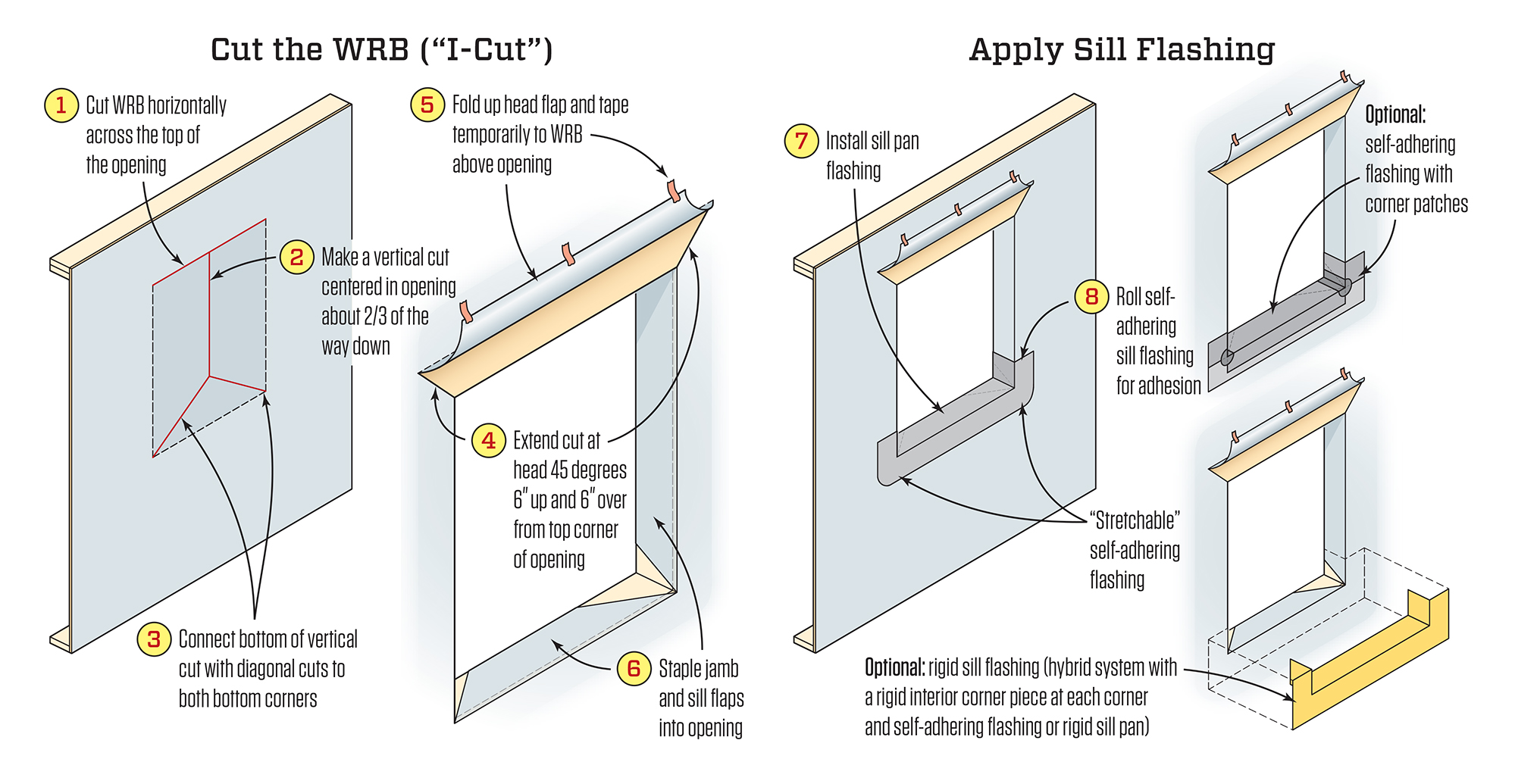
Apart from the usual memory and CPU constraints, your computer has to support UEFI secure boot and TPM 2.0 (Trusted Platform Module), among other things.

inf file that is needed for the device being installed in order to load Windows, as shown in Figure 7. See ( Figure 6 ).įigure 6: Navigating of the file system to locate the driver file location Use dir as necessary to see the contents of each folder. Use the CD command to navigate through the folders to the *.inf driver location.The correct drive is usually the D:, E:, or F: drive.įigure 5: Navigating of the file system to locate the driver file location

Browse to the drive that contains the needed drivers using the " dir" command to view the drive contents, as shown in Figure 5.)įigure 4: Selecting the Command Prompt Option Select Troubleshoot → Advanced Options → Command Prompt.

Boot to the respective Dell Windows 11 or Windows 10 media and select your computer and keyboard languages to get to the Home screen.NOTE: The images below use the IRST driver as an example.


 0 kommentar(er)
0 kommentar(er)
